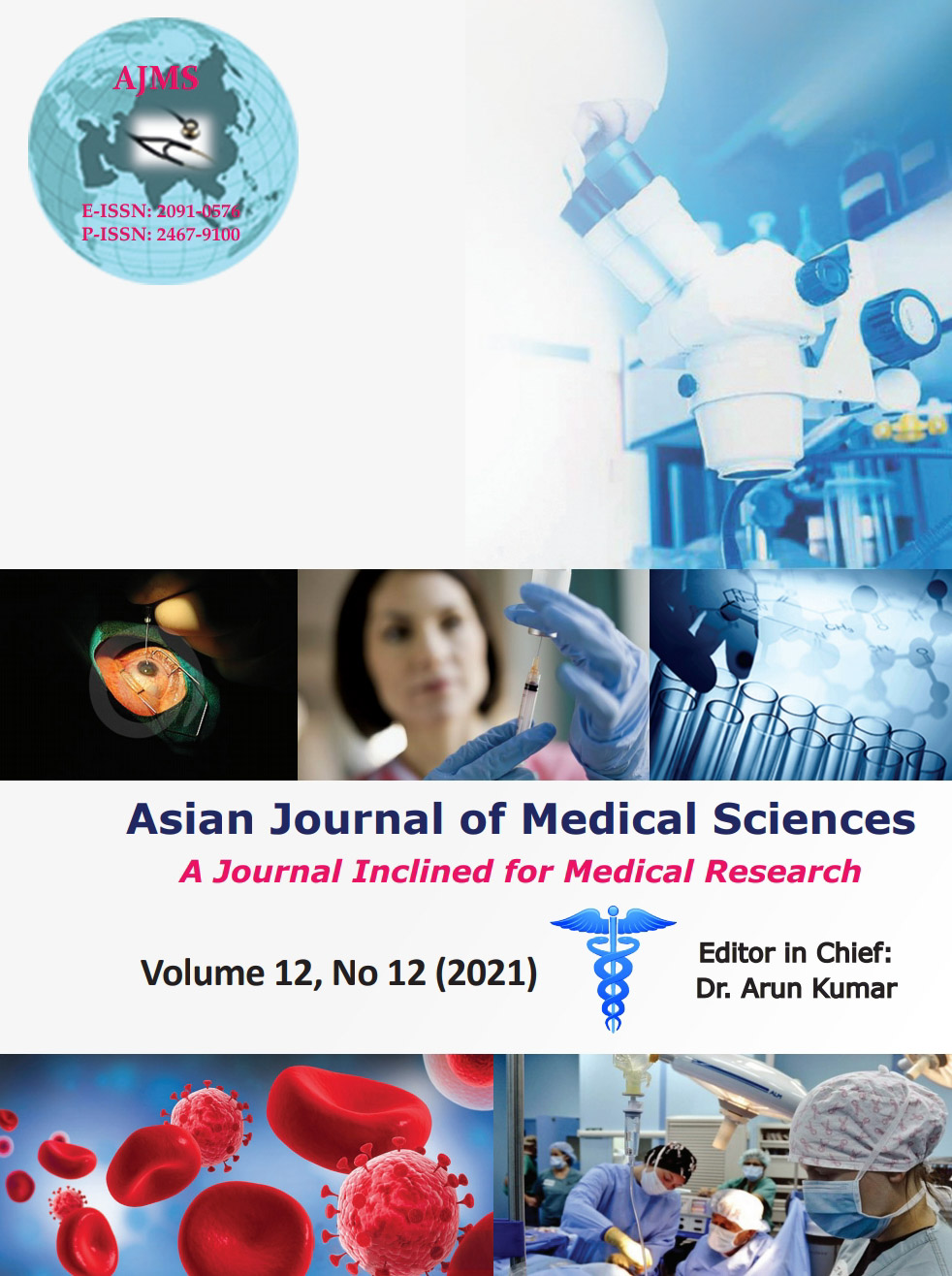Prevalence and risk factors of self-medication in pregnancy: A cross-sectional study from a tertiary care hospital in Eastern India
Keywords:
Low education level, Pregnancy, Prevalence, Risk factors, Self-medicationAbstract
Background: Self-medication in pregnancy is a common but unsafe practice. There is a possibility of surreptitious exposure of the developing fetus to the teratogenic and abortifacient effects of the drugs.
Aims and Objectives: In this study, we assessed the prevalence and risk factors of self-medication in pregnant mothers visiting the antenatal clinic in our hospital.
Materials and Methods: A standard questionnaire seeking information on the socio-demographic profile, clinical characteristics, laboratory data, and knowledge and habits was administered to the pregnant mothers (n=190). The risk factors of self-medication were determined using Fischer’s exact test. P<0.05 was deemed statistically significant.
Results: The prevalence of self-medication in pregnancy was found to be 6.3%. Low education level (P<0.027), employed women (P<0.031), and history of miscarriage (P<0.036) in the previous pregnancy were the main determinants of self-medication in the present pregnancy.
Conclusion: The prevalence of self-medication in the study sample was low as compared to contemporary studies. High literacy (94.2%) and easy availability of health facility (98%) may be the possible reasons. Further studies are warranted to confirm the prevalence and risk factors of self-medication in this part of the country.
Downloads
Downloads
Published
How to Cite
Issue
Section
License
Copyright (c) 2021 Asian Journal of Medical Sciences

This work is licensed under a Creative Commons Attribution-NonCommercial 4.0 International License.
Authors who publish with this journal agree to the following terms:
- The journal holds copyright and publishes the work under a Creative Commons CC-BY-NC license that permits use, distribution and reprduction in any medium, provided the original work is properly cited and is not used for commercial purposes. The journal should be recognised as the original publisher of this work.
- Authors are able to enter into separate, additional contractual arrangements for the non-exclusive distribution of the journal's published version of the work (e.g., post it to an institutional repository or publish it in a book), with an acknowledgement of its initial publication in this journal.
- Authors are permitted and encouraged to post their work online (e.g., in institutional repositories or on their website) prior to and during the submission process, as it can lead to productive exchanges, as well as earlier and greater citation of published work (See The Effect of Open Access).




